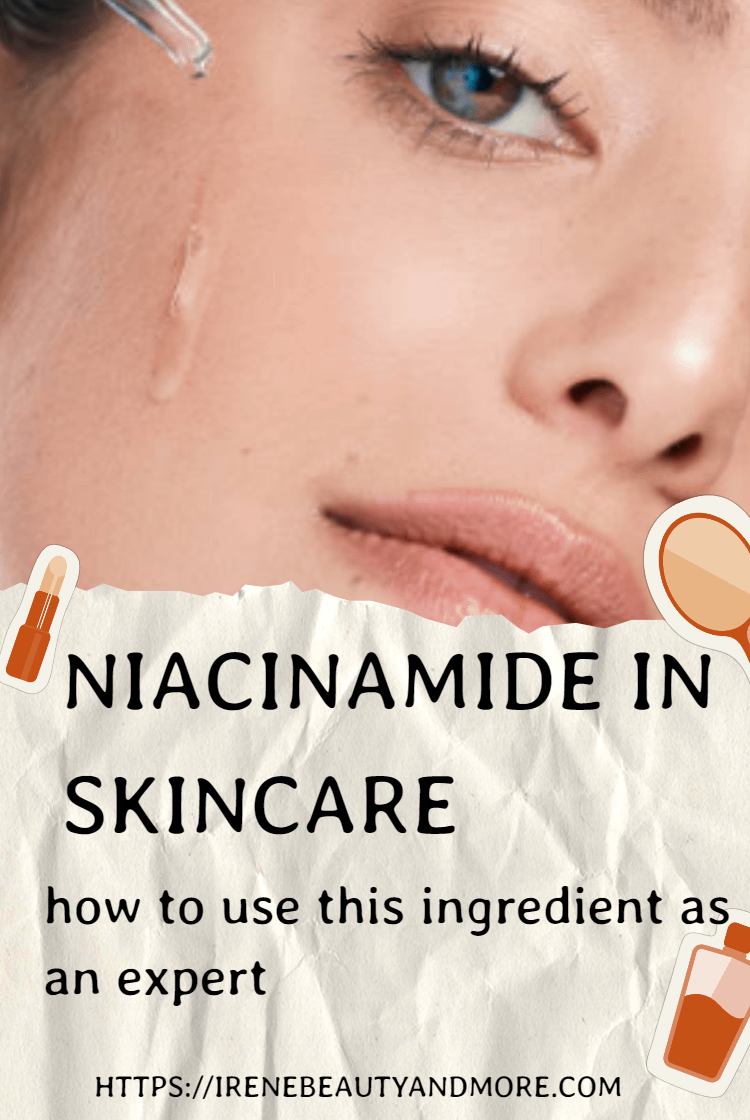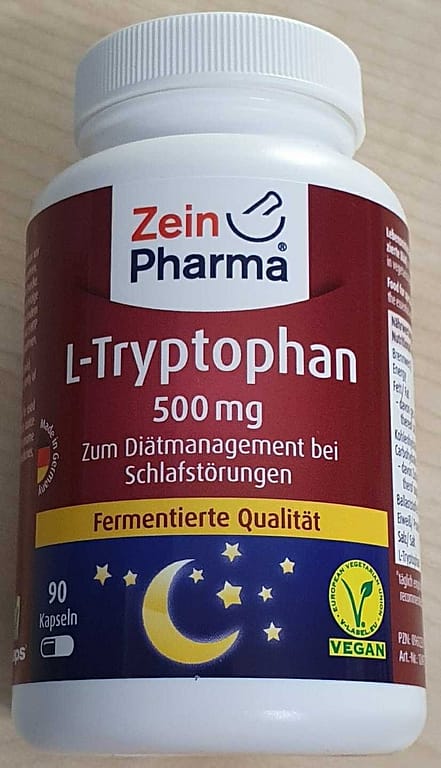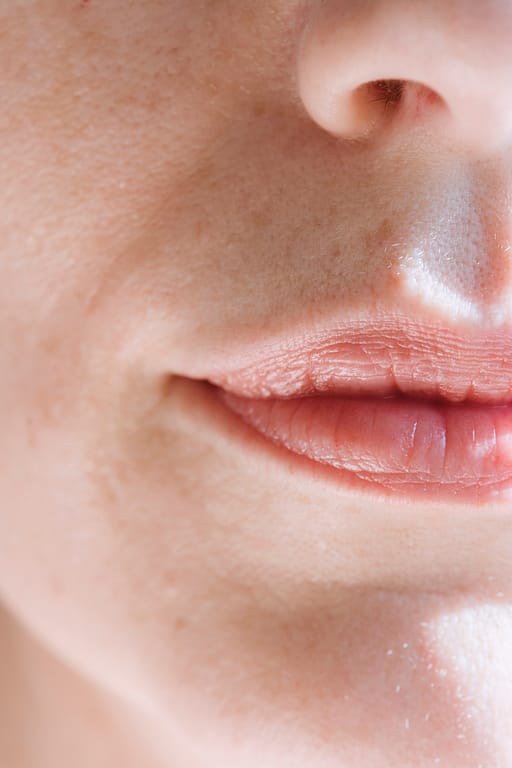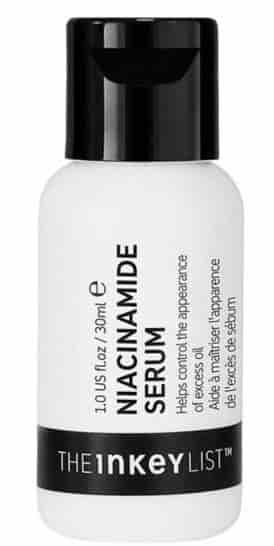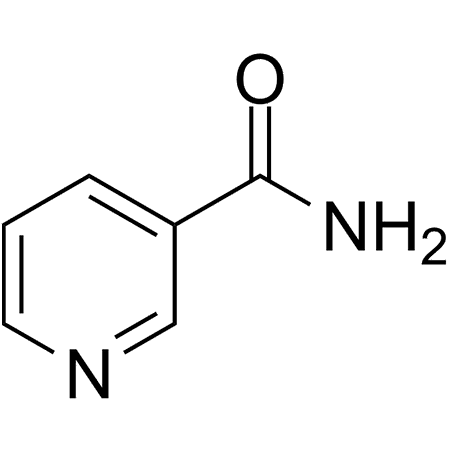
Niacinamide in Skincare, How to Use This Ingredient as an Expert
Bear in mind that some of the links in this post are affiliate links and if you go through them to make a purchase I will earn a commission. Keep in mind that I link these companies and their products because of their quality and not because of the commission I receive from your purchases. The decision is yours, and whether or not you decide to buy something is completely up to you.
For years I have been looking for ingredients which can help me to treat or reduce the dark spots I have on my face. I’ve tried different ingredients with different results. One of the ingredients giving me better results is niacinamide. That is why in this post I am going to tell you about the use of niacinamide in skincare. I hope this will help if you are suffering from the same concern as I do.
What is niacinamide? Niacinamide in skincare
Niacinamide, together with niacin or nicotinic acid, is one of the forms of vitamin B3. Niacinamide is essential for the body at different levels. It is part of the molecules NAD (nicotinamide adenine dinucleotide) and NADP (nicotinamide adenine dinucleotide phosphate) which are coenzymes essential for the metabolism of lipids and nucleic acids. In the human body, more than 40 biochemical reactions use these coenzymes, including reactions involving the skin.
Nicotinamide not only has an important role in metabolism, but it is also important for the skin. Lack of niacinamide can lead to a disease called pellagra, a skin condition in which the skin is completely unprotected and becomes extremely sensitive to sun radiation.
Where is niacinamide coming from?
Our body cannot store niacinamide. Therefore, we need to give it externally. We can take it through the diet. Food rich in niacinamide are cereals and pulses among others.
The niacinamide we use in skincare is a cosmetic ingredient produced in laboratories. Normally niacinamide production follows a biosynthetic path, involving an enzymatic process with the bacteria Rhodococcus rhodochrous.
The ammoxidation of 3-methylpyridine also produced niacinamide by a chemical route. There are other chemical routes to produce niacinamide which involve different small molecules. For example, the reaction of ammonia, acetic acid (the main component of vinegar) and paraldehyde produces 5-ethyl-2-methyl-pyridine, which is later oxidised to niacin.
The human body is capable of synthesising niacinamide from the essential amino acid tryptophane.
Properties of niacinamide Niacinamide in skincare
Niacinamide is widely used in cosmetics due to its high tolerance even on people with sensitive skin. The use of niacinamide is linked to skin whitening and therefore, it is considered a good molecule to treat hyperpigmentation.
However, niacinamide has so many other benefits for the skin.
- Helps to repair skin cell damage induced by UV radiation
- Helps to even skin tone. Niacinamide prevents melanin to move to the skin’s surface.
- It is an excellent anti-oxidant, protecting the skin against free radicals.
- Helps to strengthen the skin barrier. Niacinamide induces the production of ceramides, collagen and other molecules present in the skin barrier.
- Controls sebum production helping to control acne breakouts.
How does niacinamide work?
As I already mentioned, this molecule produces different effects on the skin such as protection, moisturiser, and helps with wrinkles and acne. But how does niacinamide do this job? How does it act?
1. Protective function Niacinamide in skincare
Niacinamide protects the skin against oxidative stress generated by free radicals. These free radicals are mainly produced by UV radiation and pollution and can affect the cellular membrane, proteins or even the DNA.
Niacinamide protects against some anionic tensio-actives which can affect sensitive skin.
The way niacinamide protects against all these harmful substances is by reacting with them and, therefore, neutralising them.
Finally, niacinamide has influence over the enzyme poly-ADP-ribose-polymerase, an enzyme which rep[airs the DNA
2. Anti-pigmentation effect
Niacinamide avoids the transfer of the melanin produces in the melanocytes to the keratinocytes. At the same time, niacinamide reduces melanin production. Both effects together have a great effect on dark spot reduction.
Niacinamide not only reduces the intensity of dark spots on the skin produced by sun damage or ageing but also evens the skin tone.
3. Reduces wrinkles appearance Niacinamide in skincare
The way niacinamide helps to reduce wrinkles appearance is by increasing the production of a few molecules involved in the ageing process such as free fatty acids, collagen and ceramides. This free fatty acids have an anti-inflammatory effect. Collagen is the main molecule involved in the wrinkle appearance while ceramides keep epidermis cells together.
4. Helps with acne
Niacinamide can help people suffering from acne as this molecule reduces and controls sebum production. As sebum is one of the main acne triggers, the use of niacinamide is a good option to treat this skin concern.
5. Other effects of Niacinamide in skincare
Niacinamide has so many other benefits for the skin. It has anti-inflammatory properties, helps to keep a good hydration degree, reduces skin redness and helps people with eczema.
Also important is that niacinamide helps with skin barrier maintenance keeping the skin hydrated, flexible and healthy.
Who can use niacinamide? Niacinamide in skincare
Niacinamide is one of the more gentle molecules used in skincare. It does not cause irritation and it does not react with light, it is not photosensitive. That means niacinamide is a good choice for people with any skin type, including people with sensitive skin.
Niacinamide is a water-soluble vitamin and, therefore, most of the products containing niacinamide are a water solution. The concentration varies from 1 to 6% being the most common niacinamide concentration of 5%.
One of the main problem niacinamide poses is that at a pH lower than 6 (that means acidic conditions) may suffer hydrolysis which produces niacin. Though niacin is very important for the body’s function, applied on the skin may cause irritation, mainly in the case of people with sensitive skin.
We should, therefore, avoid mixing niacinamide with acidic ingredients like vitamin C or hydroxy acids.
However, if you want to use vitamin C as an antioxidant together with niacinamide you should use a vitamin C derivative like ascorbyl gluconate or ascorbyl phosphate, which are as effective as pure vitamin C (ascorbic acid).
My favourites Niacinamide Products
As you can see, niacinamide is an important ingredient to include in any skincare routine, mainly in the case of people with mature, hyperpigmented, or acne-prone skin.
Did you hear about this ingredient? Do you use it in your skincare routine? Let me know in the comments.
